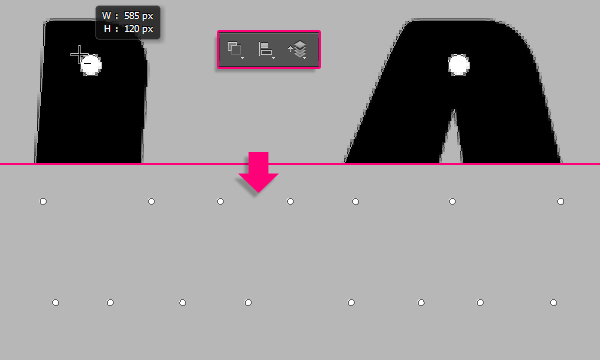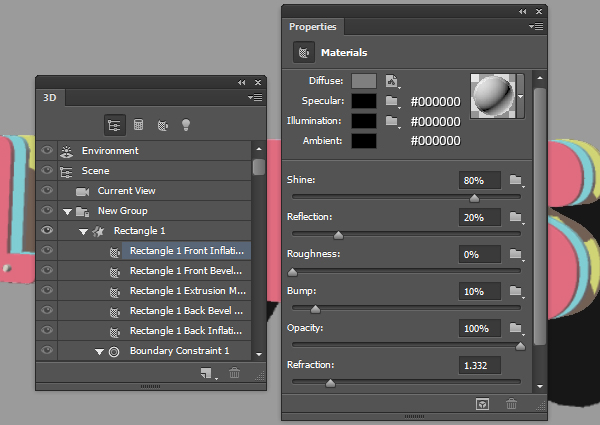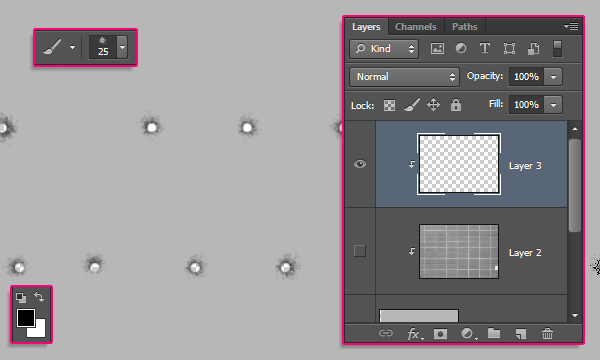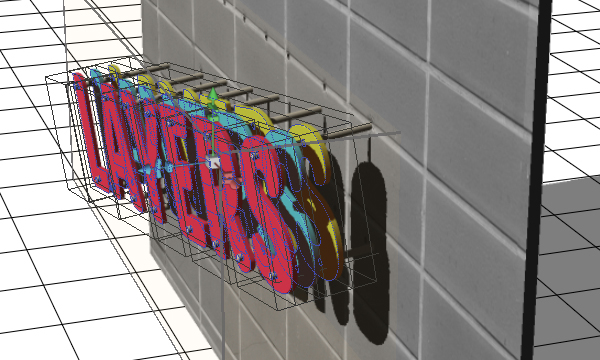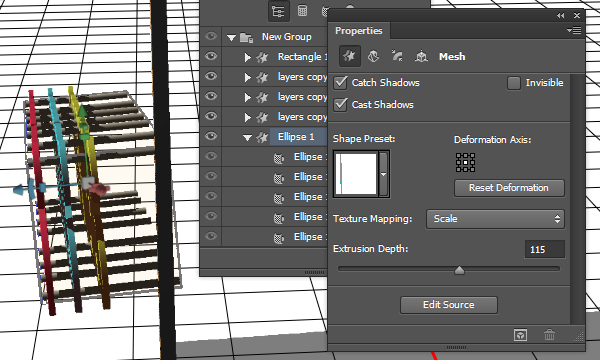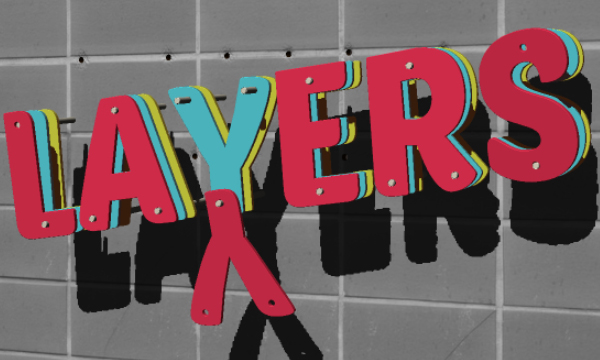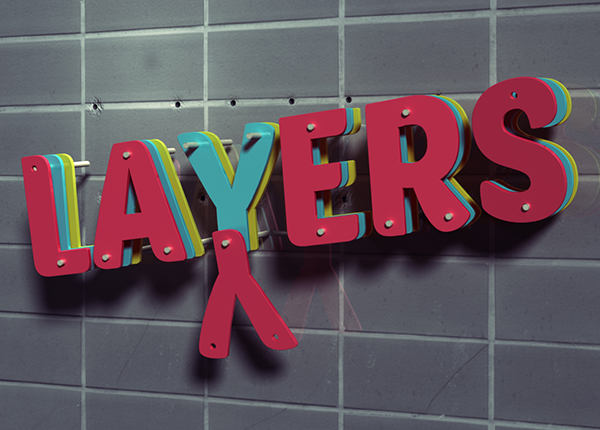How to Restore a Heavily Damaged Photo With Photoshop
While Photoshop is a great tool to enhance or modify digital images, it is also a fantastic application to repair or restore photographs damaged by the effects of age, neglect, or acts of nature. In this tutorial, we will show you how to restore a heavily damaged photo in Photoshop. Let’s get started!
Tutorial Assets
You will need the following photo to complete this tutorial. Please download it before you begin. If it is not available, you will need to find an alternative.
Step 1
OK so here is what we have to work with, I searched for the most extreme, messed up photo to work with so we can really put our restoration abilities to the test.

Step 2
Let’s start by selecting each piece with the Lasso Tool and copy and paste each on to a separate layer, so we end up with four layers; hide the original.


Step 3
Then for each layer we will create a mask and with a sharp brush of your choice we will start masking off the edges of the actual image. I prefer the 23px Chalk Brush yet its up to you; and the size varies as needed.


Step 4
Before we start masking off we will setup a layer below the one we will start working on and fill it with a deep blue to assist us visually in where and how much to mask.


Step 5
Start masking along the edge of the image getting rid of everything around it.


Step 6
Repeat the process for all the other pieces until you have them as shown here. We don’t need any ripped paper or the white border of the photo, so masking in detail as shown will help you through the next step.

2. Puzzle
Step 1
One of the easier steps is to put the puzzle together, be sure to take your time and try to match the edges of each piece together, by moving and rotating the pieces. You might be tempted to distort or scale certain piece to make it fit, although I advise you not to do that.


Step 2
Move and match as much as you can, getting all the pieces together without overlapping content.


Step 3
Once you have all sections in place, make a group and then make a duplicate of that group for safe-keeping.


Step 4
Finally, just merge the group on top and hide the other, then you are ready for the next step.

3. Rips and Cracks
Step 1
Time to step into the restoration section, and we will do this by using the Clone Tool creatively to start getting rid of all the scratches and tears in our photo.


Step 2
Use the clean sections to repair where the damage is, taking care to not build up repetitive patterns.


Step 3
Treat each section as a separate item in need of repair zooming in and changing the brush size as much as needed.


Step 4
Be patient and take the time to eliminate those tears in the best possible way; at this point I suggest you don’t go in deeper detail and just clean out the obvious damage.


Step 5
If you find something that needs more detail, just leave it for later stages of cleanup.


Step 6
Piece by piece you will start seeing your image come back to life.


Step 7
And here is one section that I decided to leave for later since its quite important and has severe damage; the face of the child. So just clean around it and leave it for later where we can look for solutions and take more time on it.


Step 8
And here we find yet another bump in the road, the bends and wrinkles on the paper, since this is not a scanned image but rather a digital photo of the original, we have some light shining and reflections on the paper that we will also need to treat separately. Of course all this can be avoided if you receive the photo for restoration and scan it properly. Also this stage seems quite easy on paper, yet cloning away all the damage takes hours of detailed creative cloning, so be patient and work through it.


4. Repairing Important Areas
Step 1
Now it is time to treat the more complicated sections that we skipped over such as the back of the bike. Since the original was torn off and bended, in this section we have to reconstruct the those areas, if possible, the client can provide other photos where you can see the bike completely, in this case, we will have to use our best guess.


Step 2
One of the most important parts of the restoration its to fix the child’s face, and do it without altering the face features; so set your brush very small and if needed fix pixel by pixel until you clean the whole area. Remember, that this is only stage 2 of the restoration so leave minor details for later on.


5. Bends and Shadows
Step 1
Time to turn our image back into black and white, even if the client wants it sepia, it’s better to make it black and white, recover the shades and contrast and then, at the end, tone it back to sepia. So apply a black and white adjustment layer clipped to the restoration layer as shown here.


Step 2
Duplicate the layers as shown and hide the originals, again for safe-keeping.


Step 3
Merge the duplicated layers.

Step 4
Now we will use the Color Range Tool to make a selection of the bends that are reflecting environment light and shining off the paper on the darker sections.


Step 5
Once you have the selection apply a Feather of about 5 pixels.

Step 6
Then select the Burn Tool and make sure the settings on the top bar are set as shown here.


Step 7
Then, burn it until those areas match the rest of the shadow area on the photo, with a very soft big brush.


Step 8
We also have this section over the fuel tank that is bended and reflecting light killing the shadow below the arm, so using the Burn Tool and a bit of cloning we also need to reestablish this shadow back.


6. Crop and Heal
Step 1
Let’s start this step by cropping the image as shown, trying to keep as much of the original content as possible.


Step 2
Now it’s time to use the Spot Healing Brush to get rid of some spots. I am sure you were tempted to use it earlier, yet this tool does not help in the early stages of a restoration, and actually messes things up. There is no shortcut in restoration, there is detail and patience. Yet at this point we are OK to use this tool.



Step 3
We have to identify the spots that are part of the damage and keep the details that are part of the image, so be careful.


Step 4
We can also find sections such as this one where neither the Clone Tool nor the Spot Healing Brush can help and we have no other choice but to paint detail back.

Step 5
So select your Brush Tool with this brush tip at only 1px in size.


Step 6
Sample highlights from the plate and carefully start rebuilding the section cable shown here.


Step 7
Then, sample shadow color from the image and finish building up the cable.


Step 8
We have successfully painted back a section completely missing from the image.

Step 9
Let’s continue with some other sections, whenever possible use the detail in the image to restore the sections, leave the painting just for sections that are beyond repair. In this case, the affected wheel can be restored using sections of the wheel that are not damaged.


Step 10
Let’s go into the wheels and remove the wrinkles found there. In the same way, cover all the image finding these types of details that need fixing.


7. Noise Reduction
Step 1
We will now use the Reduce Noise Tool to get rid of the minute particles and specks all over the image.

Step 2
Let’s make a duplicate of our working layer and apply the settings as shown here. Be careful not to go overboard with this tool because you can eliminate details from the image instead of just unwanted noise and specks. Although experimentation and learning about this tool its a good idea and that is why we are working on a duplicate of the layer to avoid messing our work so far.


8. Final Face Fixing
Step 1
The final touch on our image is fixing the lip that was way too damaged; we will use the other section of the mouth to restore the detail and fix his right lip.

Step 2
Using the Lasso Tool, select a section from the right lip and copy and paste it on to a new layer.


Step 3
Flip the section horizontally and rotate it into position as shown here.


Step 4
Then distort it into position as shown here.


Step 5
Use the Burn Tool to bring the shading down, effectively rebuilding the mouth,


Step 6
And then just finalize this step by merging both layers back together and bringing us very close to finalizing our restoration.

9. Final Detailing
Step 1
We have small specks and dust yet to clean up so we can go back to the Spot Healing Tool at a very small size as shown here.


Step 2
Let’s start with the child’s face and work our way out just by removing the particles that stand out as shown here.


Step 3
Then let’s work our way through the motorcycle also looking for any detail missing.


Step 4
This last stage requires a long time of observation zooming in and out to find all this missing details.


Step 5
We might have some less obvious blemishes or damage probably caused by liquid or glue that we also need to take care of.


Step 6
In case we find something that requires jumping back to the Clone Tool or Brush Tool just go ahead and do so, like in this case where too much was trimmed off the hair so we bring it back.



Conclusion
Finally, there we have it! A completely restored image that a happy client can take home and frame. In this tutorial, we showed you how to restore a heavily damaged photo. In this process, you learned how to work with the Clone Tool, the Spot Healing Brush, and even how to use the Brush Tool to paint in details that could not be reconstructed from the original photo. We hope that you have learned something from this tutorial and can use these techniques to restore your own photographs.


 How to make 3D Layers Text Effect in Photoshop CS6
How to make 3D Layers Text Effect in Photoshop CS6







